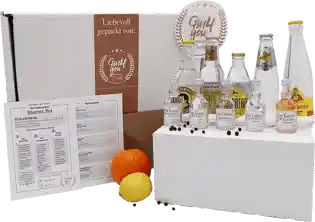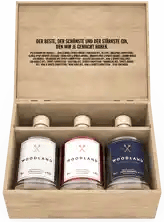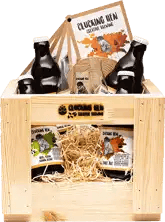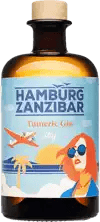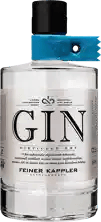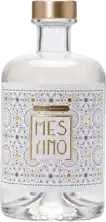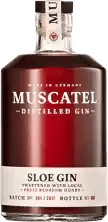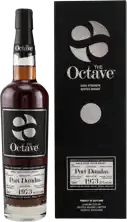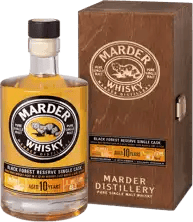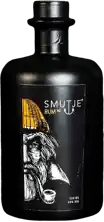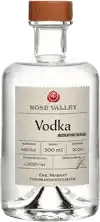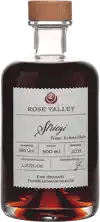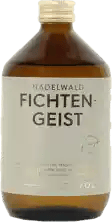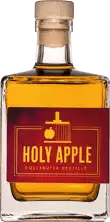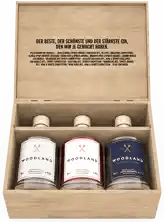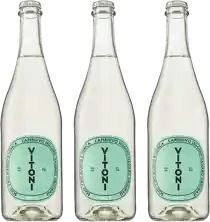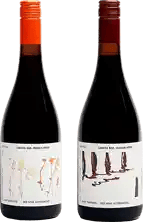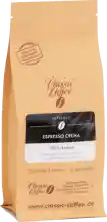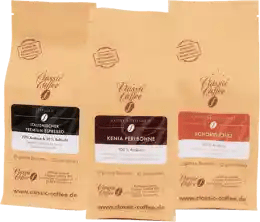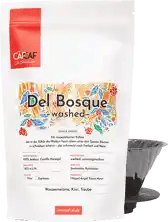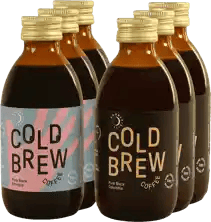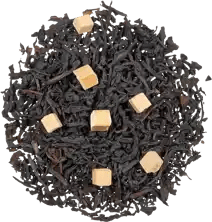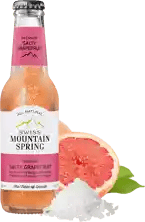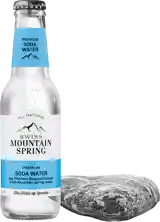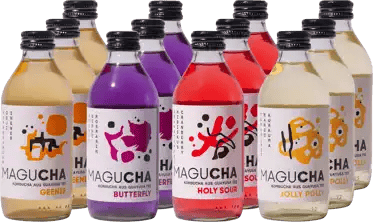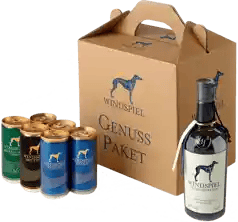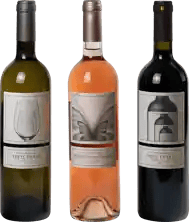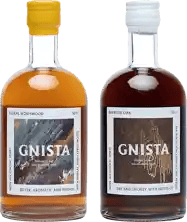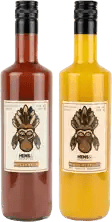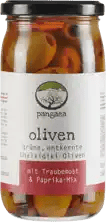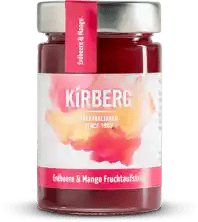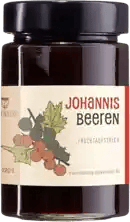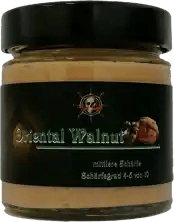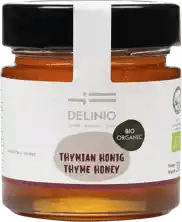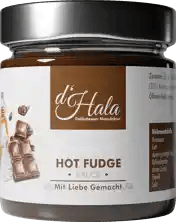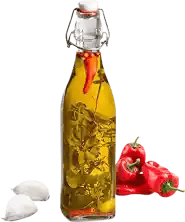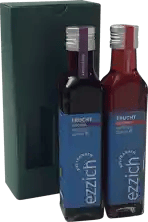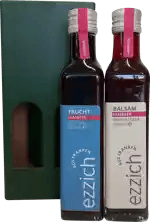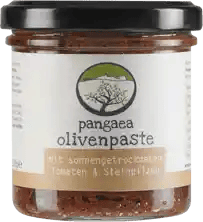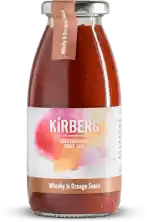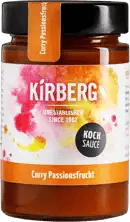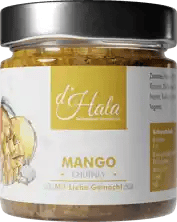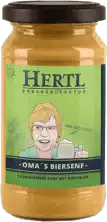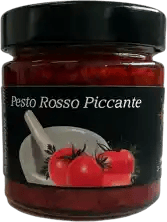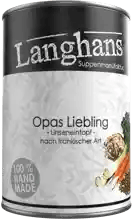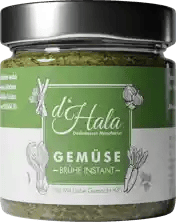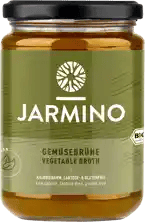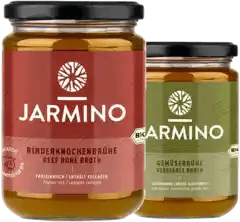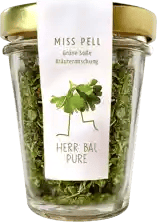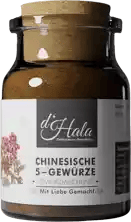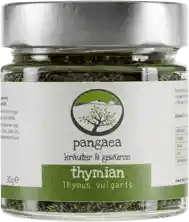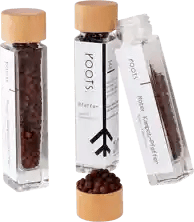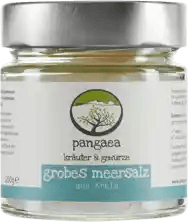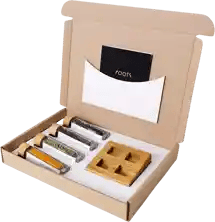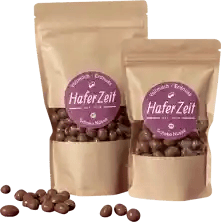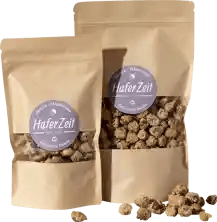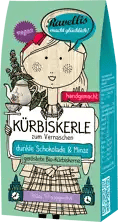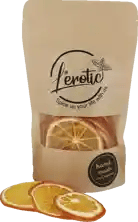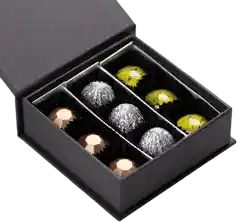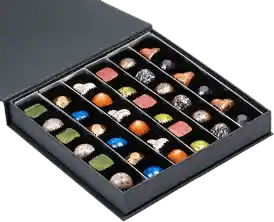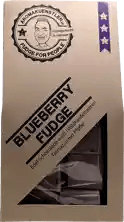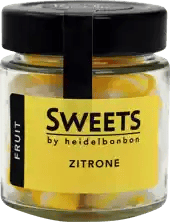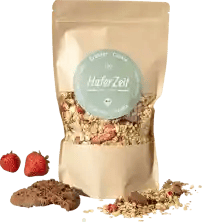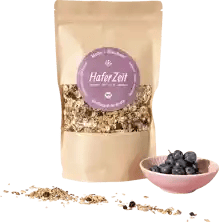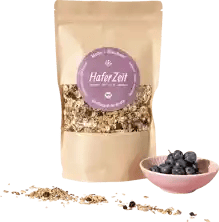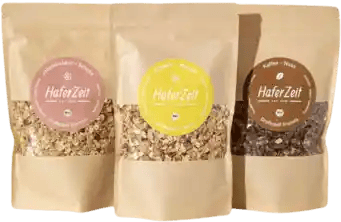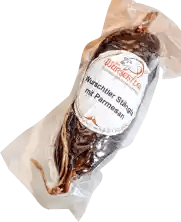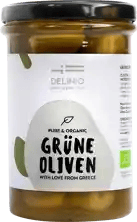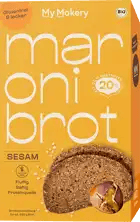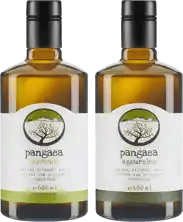Quality instead of quantity!
7,000 independent products
No mainstream
7,000 independent products
Buy barrel-aged schnapps online at Honest & Rare
At Honest & Rare, you can buy a diverse selection of barrel-aged schnapps online that come directly from small distilleries. These distilleries have masterfully developed the art of barrel ageing to create unique and profound taste experiences. Our range includes a wide range of barrel-aged specialties, including: Apple Brandy, Vodka, Vermouth, Aquavit, Fruit Brandy, Beer Brandy and much more. These fine spirits have been on a special journey - a journey through time, refined in wooden barrels
Discover barrel
-aged schnappsBarrel-aged schnapps are a testament to the craftsmanship and tradition of spirits production. Maturing in wooden barrels not only gives these schnapps a unique color, but also a wealth of aromas that depend on the wood used and the storage period.
What makes barrel-aged schnapps special?
Barrel ageing gives schnapps an extraordinary flavor dimension. During their time in the barrel, the schnapps interact with the wood, which leads to an enrichment with vanillin, tannins and other organic compounds. This interaction encourages the emergence of deep, rich aromas that can range from sweet, caramelized notes to subtle spice and wood nuances.
The specifics of
barrel ageingBarrel ageing is a key step in the production of high-quality schnapps and contributes significantly to the development of their characteristic flavor. This process, deeply rooted in the tradition and craftsmanship of spirits production, not only gives the schnapps a rich palette of aromas, but also a special depth and complexity.
Influence of wooden barrel storage on aroma and taste
Storage in wooden barrels enables a unique interaction between the schnapps and the wood. During this time, the schnapps take on characteristic aromas that depend on the type of wood used. Vanilla, caramel and toffee notes are typical flavor profiles that can result from oak barrel aging, while the use of cherry or acacia wood can impart fruity and floral notes to the spirit. These subtle nuances enrich the taste experience and make every sip a real pleasure.
Why are spirits stored in wooden barrels in the first place?
Storing spirits in wooden barrels is a practice that is as old as the art of distillation itself. This method is not only used to refine and mature spirits, but is also crucial to the development of their unique character, aromas and flavor profiles. Here are some reasons why wooden barrels are so important in the production of spirits:
- Flavor enrichment: wooden barrels release natural flavor compounds into spirits during storage. Vanillin, tannins and other organic compounds contained in the wood enrich the spirits with complex aromas that can range from sweet and spicy to smoky and woody.
- Oxygen exchange: The porous nature of the wood allows for a controlled exchange between the air in the barrel and the stored spirit. This oxygen exchange promotes oxidation, which in turn contributes to the maturation of the spirits and rounds off their flavor profiles.
- Removal of impurities: Storage in wooden barrels can help to mellow certain harsh or undesirable flavors in spirits. The interaction with the wood can absorb and filter some of these impurities, resulting in a smoother, more harmonious end product.
- Coloring: Wooden barrels also give spirits their characteristic color. The intensity of the color depends on the type of wood, the duration of storage and the pre-treatment of the barrel. The palette can range from a pale straw yellow to deep amber.
- Uniqueness and identity: The choice of wood and the conditions in which the barrels are stored contribute significantly to the identity of a spirit. They allow distilleries to individualize their products and create a wide range of flavours and styles.
Different types of wood and their effect
The type of wood plays a decisive role in barrel ageing. Each type of wood contributes its own signature and thus influences the end product in different ways:
- Oak: Oak barrels are the most common and are known for imparting vanilla, caramel and spicy notes. They also contribute to greater complexity and tannin structure, giving the spirit a pleasant texture.
- Acacia: Barrels made from acacia wood give the brandy a delicate floral note and can highlight its fruitiness without overpowering the flavor profiles.
- Cherry: Cherry wood is known to intensify sweet and fruity flavors and give the schnapps a soft, rounded note.
- Chestnut: Chestnut wood offers a subtle sweetness and can bring notes of honey and dried fruit to the fore.
Are wooden barrels distilled before they are filled with alcohol?
Yes, many wooden barrels are actually distilled or "toasted" before they are filled with alcohol. This burning or toasting is an important step in the preparation of the barrels for the storage of spirits and has a significant impact on the taste and aromas of the final product.
The firing of the barrels is carried out to caramelize the inner surface of the wood. This process releases sugar and other aromatic substances in the wood, which can then pass into the stored spirit. The intensity of the distillation varies and is adjusted according to the desired flavor profile. There are different levels of distillation, from light to strong:
- Lightly toasted: Produces subtle and delicate flavors and is ideal for spirits that are to be given a subtle woody note.
- Medium toasted: Brings out more vanilla and caramel notes that blend well with the base character of the spirits.
- Heavily toasted: Leads to intense smoky, peaty and deeply caramelized aromas that give spirits a strong and distinctive flavor note.
Distilling barrels is an art form that requires a great deal of experience and precision. The choice of distillation level depends on the type of spirit being stored and the specific flavor profiles the distiller wishes to achieve. This technique is used on a variety of spirits, including whisky, rum, some brandies and even some barrel-aged beers to give them depth, complexity and unique flavors.
How long does aging in barrels take?
The duration of the "aging" process, the maturation of spirits in barrels, varies considerably and depends on several factors, including the type of spirit, the desired flavor profiles and the characteristics of the wooden barrel used. In general, ageing in barrels can range from a few months to several decades.
Here is an overview of some common practices:
- Short-term maturation: some spirits, such as certain whiskies or rums, can develop remarkable flavors and a certain softness after just a few months to two years in the barrel. This relatively short maturation period is often used for younger spirits to give them character and depth.
- Medium-term maturation: Many high-quality spirits, including bourbon, scotch and cognac, are typically matured for between three and twelve years. During this time, they develop complex aromas, a distinct color and a well-rounded taste.
- Long-term maturation: Some of the most exquisite and rare spirits spend 20 years or more in casks. This long maturation allows for exceptional development of aromas and extraordinary depth. However, it is less commonly practiced as the longer process involves a higher level of evaporation (the so-called "angel's share") and therefore a loss of volume.
The decision on the maturation period is often based on experience and taste. Master distillers regularly test the maturation of their spirits to determine the optimum time for bottling. Regional climatic conditions also play a role here, as fluctuations in temperature and humidity can influence the maturation process.
Moments of pleasure with barrel-aged schnapps
Barrel-aged schnapps offer an incomparable taste experience that is characterized by careful craftsmanship and the time they spend in the barrel. To experience the full pleasure of these fine spirits, here are some tips and tricks on how best to enjoy them.
How to enjoy barrel
-aged schnappsBarrel-aged schnapps develop their aromas best at room temperature. A small shot glass allows you to appreciate the variety of aromas before enjoying the schnapps in small sips. This allows you to fully appreciate the depth and complexity of the aromas created by the barrel ageing.
Food pairing: ideal accompaniments to barrel-aged schn
appsBarrel-aged schnapps harmonize perfectly with a variety of dishes. Dishes with strong aromas, such as smoked cheese, dark chocolate or hearty meat dishes, can underline the rich flavors of the schnapps. They are also a perfect finish to sweet desserts or as a digestif after a sumptuous meal.
Storage and shelf life of barrel-aged schnapps
Correct storage is crucial to preserving the quality and taste of barrel-aged schnapps.
Tips for optimum storage
Barrel-aged schnapps should be kept in a cool, dark place for optimum storage. Direct sunlight and large temperature fluctuations should be avoided so as not to negatively affect the maturation process in the glass. The bottles should be stored upright to minimize contact between the schnapps and the cork, which could affect the taste.
Shelf life of barrel
-aged schnappsBarrel-aged schnapps have a long shelf life due to their high alcohol content and the stabilizing effect of barrel storage. As long as the bottles are properly sealed and stored under the recommended conditions, they can be enjoyed for several years after opening without fear of any deterioration in quality.
Questions and answers about barrel
-aged schnappsWhat is the difference between barrel-aged schnapps and non-barrel-aged schnapps?
Barrel-aged schnapps mature in wooden barrels and therefore develop rich, complex aromas and a deep color. The interaction with the wood gives them additional flavor notes such as vanilla, caramel or spices that non-barrel-aged schnapps do not have.
What types of wooden barrels are used for storing schnapps?
Oak barrels are frequently used, but barrels made from cherry, acacia, chestnut and other types of wood are also used. Each wood brings its own unique aromas and characteristics to the schnapps.
How does the duration of barrel storage affect the taste of a schnapps?
The length of storage determines the intensity of the wood notes and the complexity of the taste. Longer storage times lead to deeper, richer flavors, while shorter times can produce fresher and lighter notes.
Can the type of wood change the flavor of the schnapps?
Yes, definitely. Each type of wood contributes different flavors that affect the flavor profile of the brandy. Oak wood tends to impart robust, spicy notes, while acacia wood can contribute more subtle, floral aromas. The choice of wood is crucial to the final result of the barrel-aged schnapps.
Brilliant!

Bitte bestätige deine Anmeldung noch eben - du hast eine Bestätigungsmail von uns. Klicke darin auf den Link. Danach bekommst du deinen Rabattgutschein.

